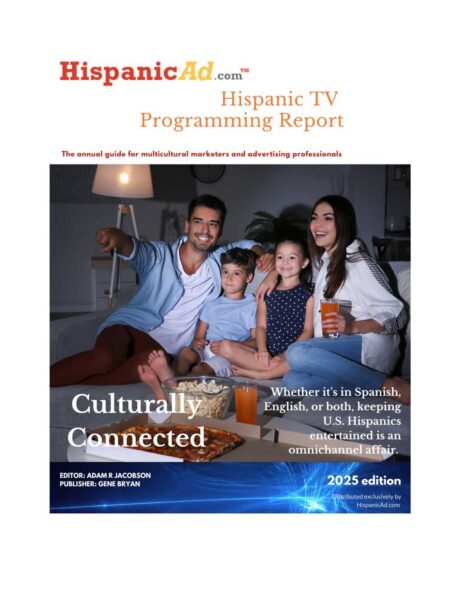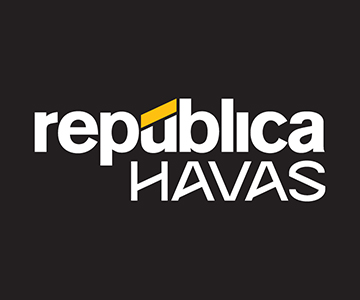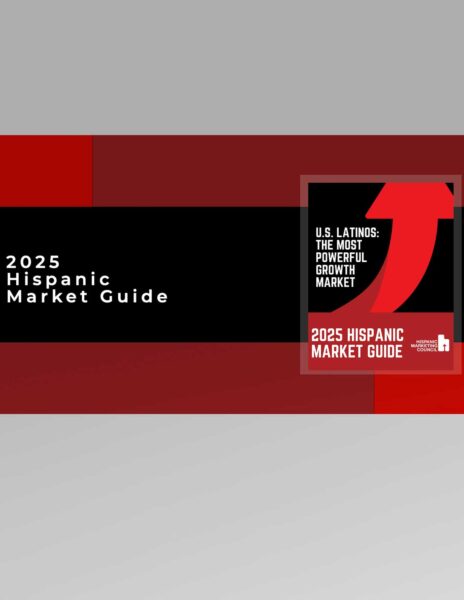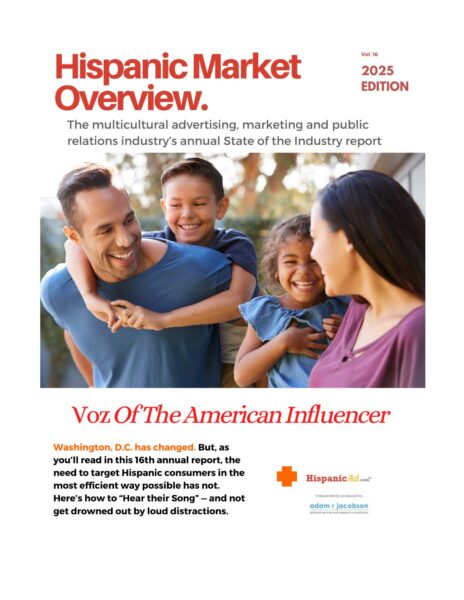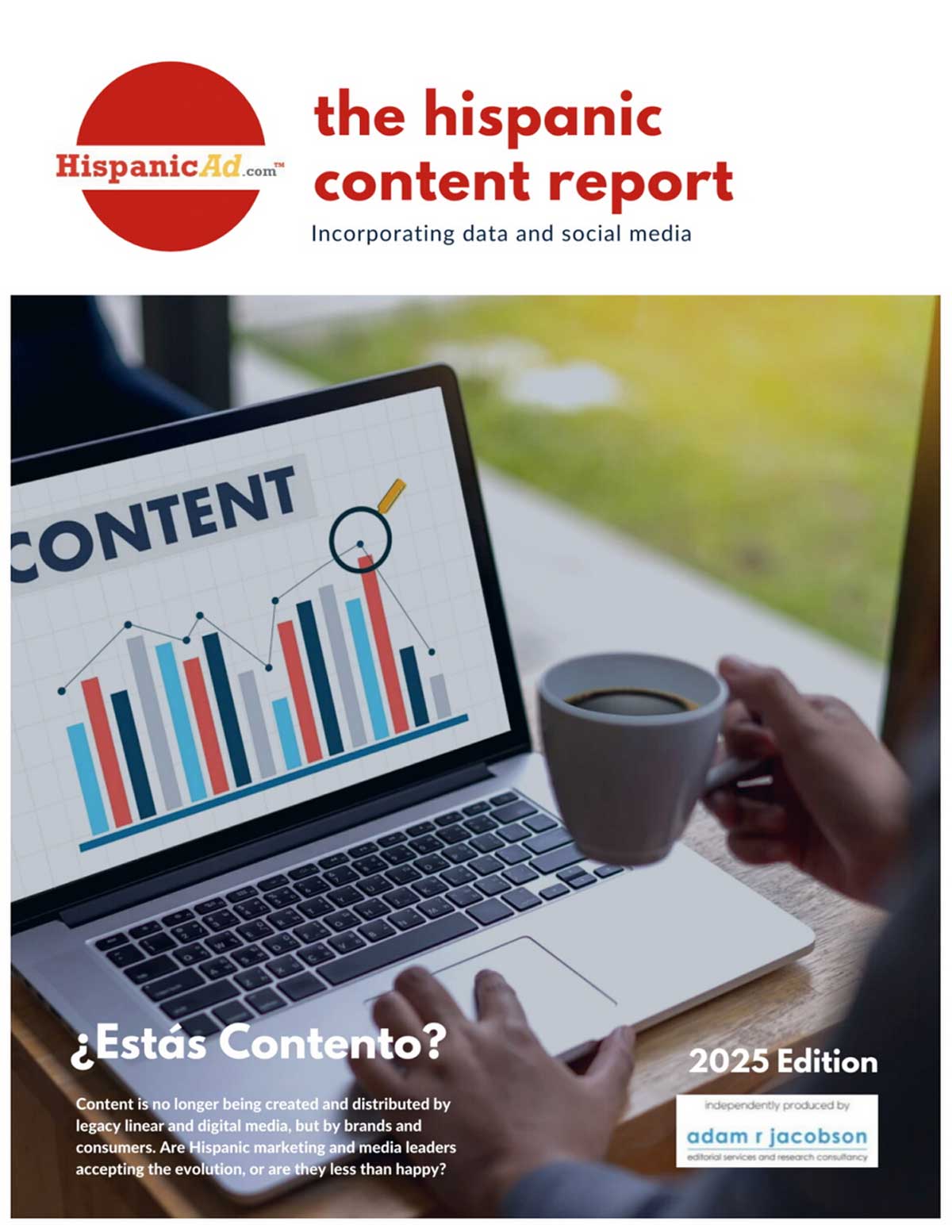Business
Multicultural Marketing, A Strategy Not A Tactic [PODCAST]

2020 was a year of highs and lows. For marketers who have always maintained a commitment to diversity and inclusion, the calls for social justice strengthened their resolve. For many others, however, the momentum of acknowledging the problem gave way to frantic, reactive statements that quickly fizzled out or failed. A year later, companies realized their approach to diversity and inclusion couldn’t be summed up in a social media post. Instead, it required a concerted, internal and external effort to fundamentally change who they are and how they present in the world.
Wellness Category Ranked #3 by Annual Growth Rate in 2021, Expanding Ad Spend +49% over 2020

When looking at the channels that helped drive this growth, Traditional Media Channels played an integral part, with overall traditional media buys up +66% YoY. In particular, Traditional TV and Radio had lifts of over +70% vs. 2020. Digital also expanded, with Digital Video (+60%) and Audio (+65%) showing the heftiest rise.
Inflation Media Management [REPORT]

In this latest issue of ECI Media Management’s Inflation Report, we explore media inflation in the context of a world economy that is recovering, albeit more slowly than hoped for.
The inflation Outlook 2022-2023

US inflation has reached its highest point in nearly 40 years, as the COVID-19 pandemic has caused both supply and demand-side shocks, with a disrupted supply chain, unprecedented levels of government fiscal stimulus, shifts in consumer spending, a decline in labor force participation, and persistent business uncertainty.
Build trust to build trial: Trustworthy channels can help

A lasting effect of digitization and the pandemic has been the proliferation of consumer choice. From being able to purchase cars and furniture online, to the pandemic’s effect of pushing more shopping into infinite virtual shelves, consumers are facing more options. That vast choice and supply chain strain have affected brand loyalty to some degree, but not to the degree that you might think. And for marketers seeking to grow their brand through new customer acquisition, all that choice means a lot more competition for new buyer
Reimagining Retail: Unexpected pandemic consequences for retailers and brands that will pop in 2022 [PODCAST]

On this episode of our new Behind the Numbers show, Reimagining Retail, our analyst Suzy Davidkhanian hosts author and keynote and strategic advisor Steve Dennis to discuss overlooked consequences the pandemic has had on retailers outside of the much-discussed supply chain and consumer loyalty woes. They also identify several smaller, lesser-known brands they think will pop in 2022.
How Many Times Can You Say The Same Thing?

Don’t get me wrong, strategy is important – but the amount of people who continue to think it is more important than what it makes happen, is insane. By Rob Campbell
Here are dragons. What is your data map not telling you?

People love to claim that their marketing is data-driven. It makes them sound smart and fiscally responsible. But do we really have all the data we need for a brand building campaign? And could bigger opportunities be hiding off the data map? By Nigel Hollis
How to Create and Measure Successful Multicultural Marketing

Corporate spend on multicultural marketing is expected to grow in 2022. Some of that budget is likely motivated by a long overdue cultural reconning with racial injustice, and some of it boils down to simple demographic realities. The 2020 Census revealed that the non-Hispanic White population shrank in real numbers for the first time in U.S. history. Minorities accounted for all the population growth over the past decade. Our consumer economy is becoming ever more reliant on multicultural spend, and those consumers expect to see themselves reflected in the media.
MULTICULTURAL MAJORITY HAPPENING FASTER THAN PREDICTED
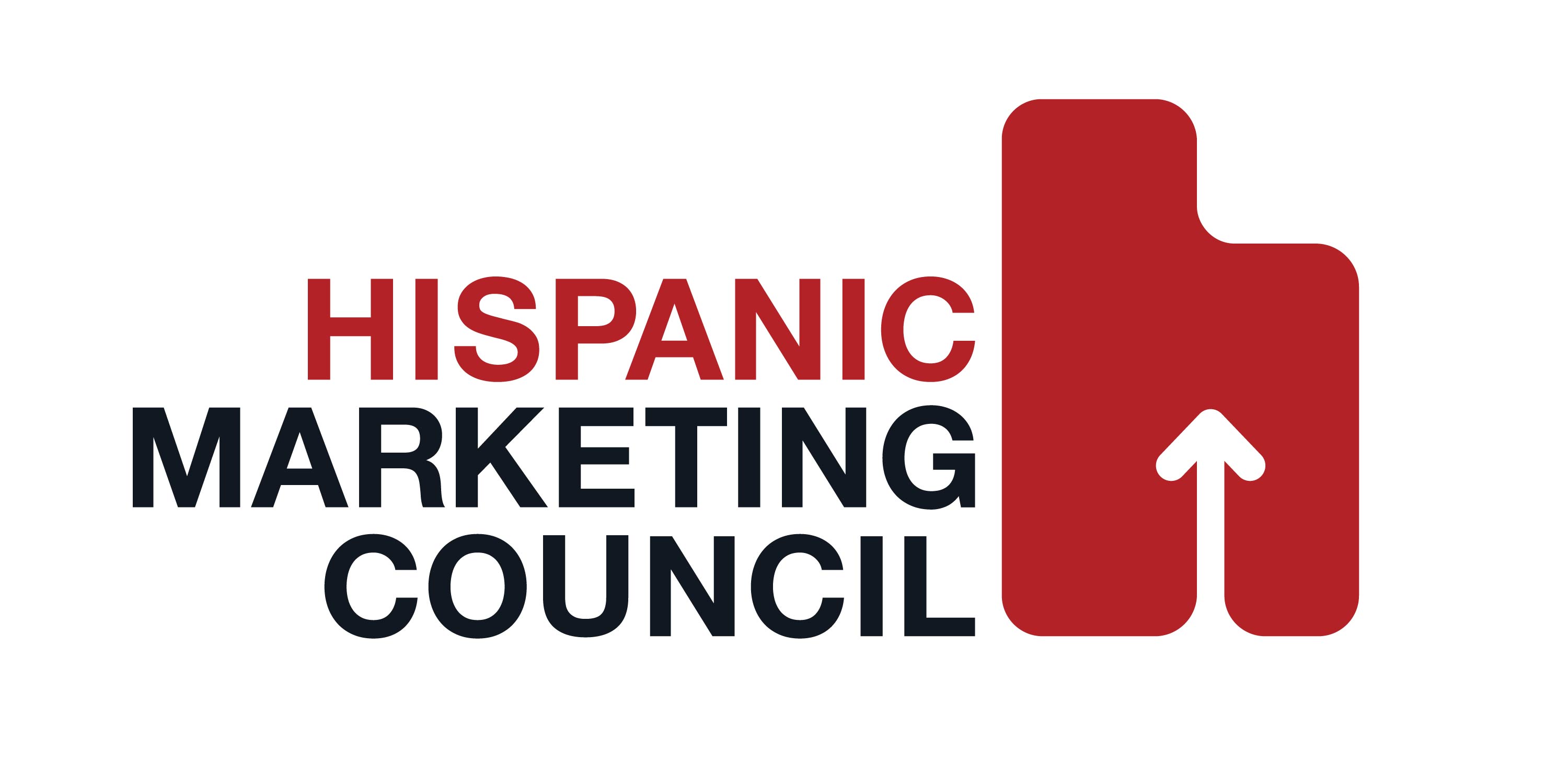
According to Census 2020 data, America’s demographics are shifting to a multicultural majority faster than anticipated. While 2020 marked the official year that the first full generation of 17 and under was a multicultural majority, the Hispanic Marketing Council (HMC) estimates that this milestone was reached sometime in the middle of the last decade—years ahead of previous predictions. More compellingly, this shift forward means that Americans under 35 could be a multicultural majority as early as next year.
Puyol named Chief Revenue Officer at Collage Group

Collage Group announced the appointment of Jose Puyol as Chief Revenue Officer. Jose oversees companywide commercial function, including new business, renewals, account expansions and more.
Talento Unlimited signs Two-time Olympic Medalist and new L.A. Dodger Eddy Alvarez

Talento Unlimited has confirmed its first athlete with the addition of two-time Olympic silver medalist Eddy Alvarez to its growing roster of talent partners, creators and events.
Consumer Confidence Rebounds As U.S. Economy Recovers [REPORT]

Two years ago, the global shutdown sent the economy reeling, and many Americans, especially lower-income households, experienced a seismic shift in their financial security. Consumers reported worsening personal finances and a feeling that the economy was weakening. Their outlook for 2021 was equally as dim, with fewer Americans feeling optimistic about improvements in personal finances for the coming year.
Who’s Watching and Where Are They Buying Snacks?

The big game arrives this Sunday as the Los Angeles Rams and Cincinnati Bengals face off at SoFi Stadium in Inglewood, Calif. How many consumers say they will watch, what will they be tuning in for, what will they spend and where will they buy the foods they consume during the game?
Inflation and risk reduction: what brands can do [REPORT]

Brands need to respond to rising prices not simply by pivoting to “value”, but by considering how they reduce “risk” for consumers.
Rooms with a view: Multiple-set TV households provide an array of access and choice for content-hungry viewers

In the 1985 film Back to the Future, there’s a line in one of the scenes that takes place in 1955 where Marty McFly tells his grandmother that his family has two TVs. As he’s referring to his life in 1985, his grandmother quickly dismisses him, saying that “nobody has two television sets.”
Where to Go from Here? The Apparel Industry’s Focus Areas for 2022

The U.S. apparel industry brought in $246.2 billion in revenue for 2021 — an increase of more than $61 billion versus 2020, and the highest dollar volume generated in more than 10 years! With both revenue and unit sales up, compared to 2020 and 2019, the apparel industry has to figure out how to keep up the momentum in 2022.
Impressions 2.0: The great equalizer

Every once in a while, a word becomes so common in our media vocabulary that we lose sight of its actual meaning. Impression is a good example. We know what it means. We’ve been using it for decades. Yet as the term is used more broadly for holistic media measurement, it’s easy to wonder if its meaning has changed along the way.
What does the future hold for audience data?

Audience data is very much a hot topic across the media industry right now. At this year’s World Audiences Summit, we spoke to a panel of emerging media leaders from the UK about how this data is being used by agencies and advertisers, and what they want now and in the future.












